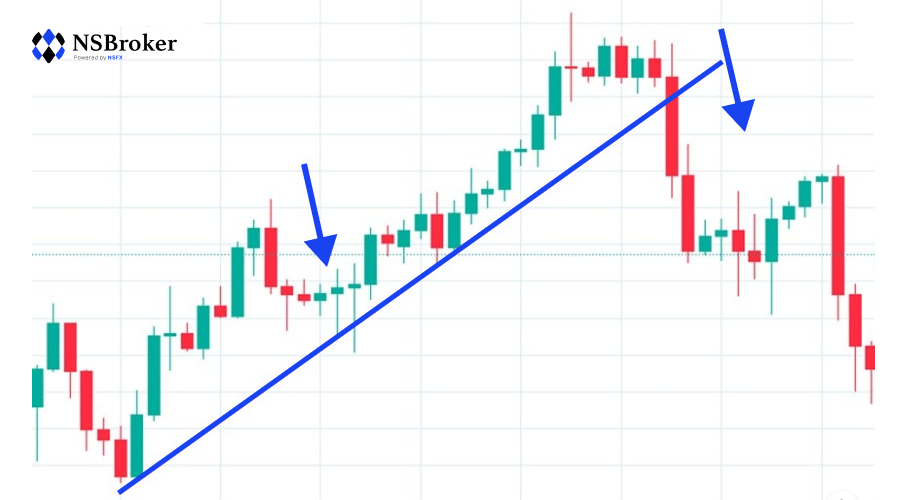Pullback Trade: The Essentials

The article focuses on the essential features of the pullback strategy, its peculiarities, and the ways to use it for optimizing one's trading performance.
Markets are a dynamic and ever-changing environment. Among other factors, they are often influenced by instantaneous impulses that send the price of certain assets in one direction or another. The pullback strategy works with such situations in the context of Forex trading, stock market, and futures. According to its basic postulate, price dynamics generated by an impulse with a high probability will continue to move in the primary direction rather than change it. Traders can use this idea to see if it's time to place selling or buying orders.
Buying based on the pullback strategy
With a pullback strategy, it is possible to determine when the market is in the most suitable conditions for placing purchase orders. To do this, it is necessary that the following characteristics take place:
- the availability of an uprising price movement caused by an impulse
- the availability of a pullback followed by at least one more impulse
- uniformity in the sizes of candlesticks indicating the impulse
If these factors are present, a trader may open a buying order. The spot to place it at needs to be calculated by the following algorithm: find the last candlestick's top point and the last pullback local low; divide the distance between these two spots in two; find the middle point and add several ticks to it. This would be the spot which the subsequent pullback is most likely to reach. These calculations should be repeated in case if the growth of the price is not followed by another pullback. If the new candlestick's top point is higher than that of the previous one, use it as a reference point for new calculations.

Selling based on the pullback strategy
The following characteristics indicate that it's time to place a selling order:
- impulse fading
- the availability of a pullback, after which the price keeps on decreasing
Similarly to the previous scenario, in such a case, a trader needs to calculate the middle point between the last candlestick's lowest spot and the highest end of the local high. Place the sell limit several ticks above this point.
Often, one may already spot a beneficial situation at the pullback phase. If under such conditions, the price has approached the entry level, a trader may try to enter the market. However, in case the price is considerably higher than the entry level, experts recommend traders to initiate a Sell Stop order next to the target price, indicated by Sell Limit. With this precaution, if the price dynamics act unpredictably, considerable losses may be avoided.
Using pending orders in pullback trading
If you are buying assets using the pullback paradigm, it is recommended that the Stop Loss order is placed under the latest pullback's lowest spot. Meanwhile, while selling, it would be most effective when placed at the last pullback's highest spot. When calculating the distance to the extreme spots, use the same principles as when identifying the point of entry in previously described operations.
Speaking of Take Profits orders, they need to be placed based on another principle. When buying, identify the last impulse candlestick's top point, and count several ticks below it (their number should coincide with that of the ticks you used when determining the spot to situate your Buy Limit). In turn, when you are selling, start with the latest impulse candlestick's lowest point and count the same amount of ticks above it as you used when calculating the Sell Limit.
Due to the peculiarities of SL and TP placement described above, the proportion between them could be estimated as 1 to 1. The experts notice that it is not the most favorable situation for ensuring one's profits; however, the specificity of the strategy requires it to be such. If you have solid reasons to predict a particular movement of the pullback, you can choose a more favorable spot to place your TP. However, in such a scenario, the chances that you will successfully close your position by this pending order decrease.
Managing your resources when using pullback strategy
Undoubtedly, pending orders are some of the most effective tools to protect you from the risks of using a pullback strategy. At the same time, it is also important to remember about money management and, in particular, limiting the resources that you are willing to spend on trading transactions. Many experts recommend refraining from allocating more than 2% of your deposit to the risk zone.
Another universal tip is to stop bidding in case you encounter a continuous series of three losses. In that case, it is better to stop and reconsider your strategy to avoid further trouble. And remember that just the right strategy does not guarantee you huge profits. It is no less important to use it in a correct, professional, and thoughtful way.









